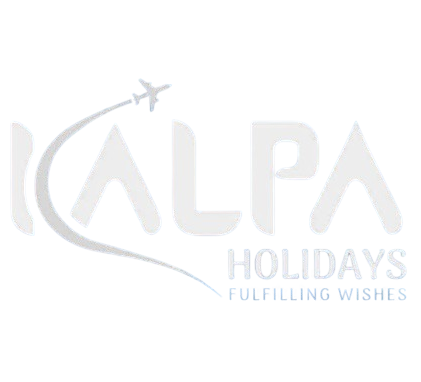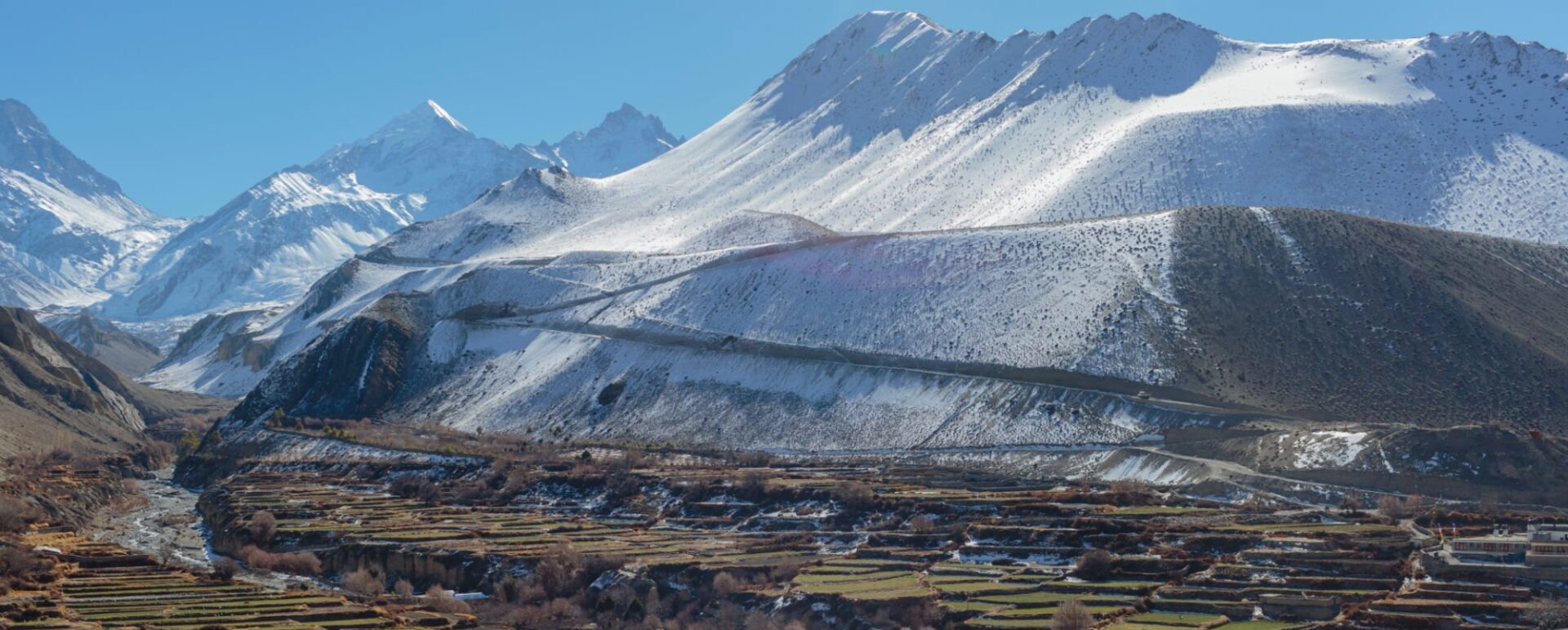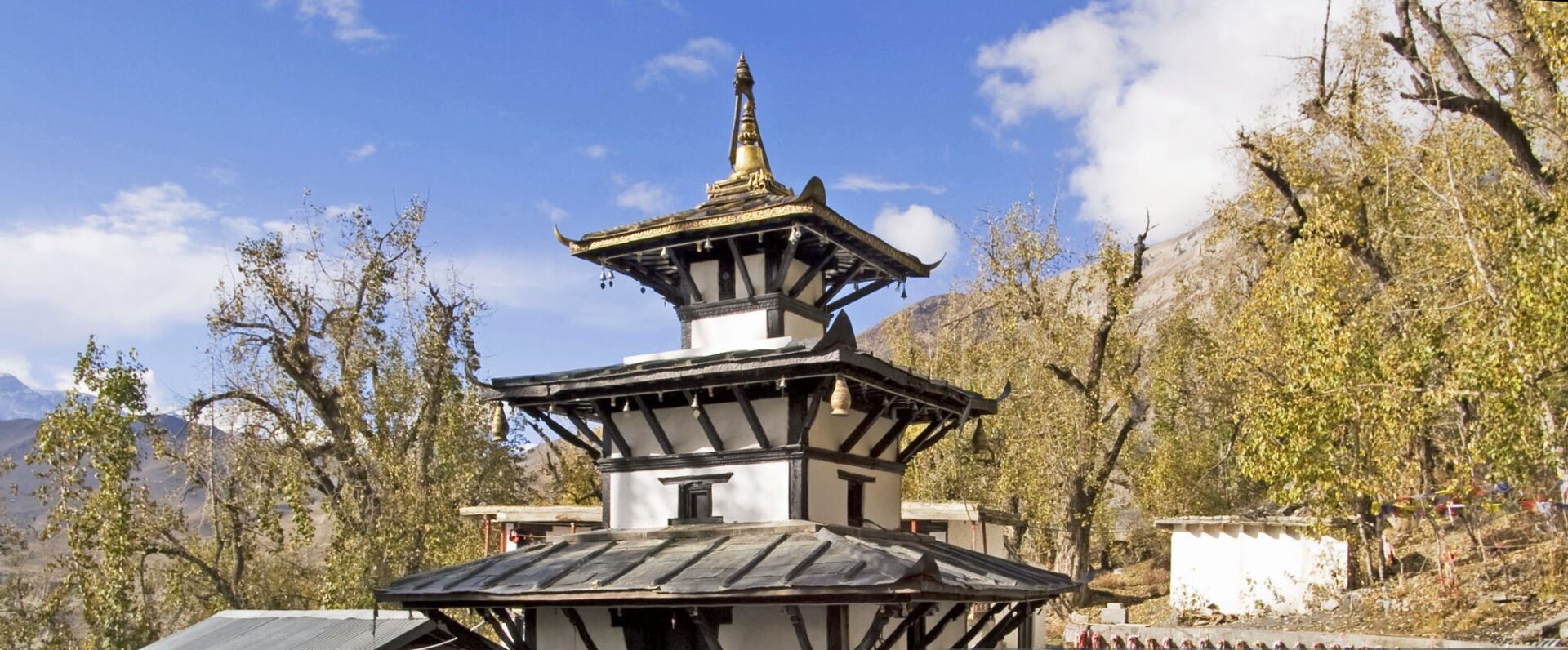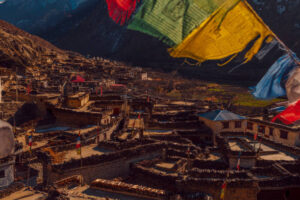Embark on the Kagbeni-Muktinath Trek for a captivating adventure through Nepal’s Mustang Region. This trek, which is part of the Annapurna Circuit, promises an unforgettable experience for both adventurers and nature lovers. Starting in Kagbeni, a charming village known for its traditional Tibetan architecture, you will gradually ascend through diverse terrains. Along the way, you’ll encounter breathtaking scenery that adds to the trek’s allure.
As you trek toward Muktinath, you’ll see some of the Himalayas’ most spectacular high-altitude landscapes. Muktinath, known for its significance as a Hindu pilgrimage site and its beautiful Buddhist temples, also boasts unique cultural heritage where ancient traditions and spiritual practices come to life.
The Kagbeni-Muktinath Trek is ideal for those seeking an adventure that blends natural beauty with cultural richness. Whether you’re a seasoned trekker or a first-time explorer, this journey offers a rewarding experience through some of Nepal’s most scenic and spiritually significant regions. This trek delivers a unique mix of stunning landscapes and rich cultural heritage. Ready to start your adventure? Contact us to plan your trek with expert guidance and support.
Kagbeni -Muktinath Trek Highlights
- Witness stunning Himalayan views, arid deserts, and high-altitude valleys along the Kagbeni to Muktinath trek.
- Immerse yourself in the vibrant culture of Khingar, Jharkot, and Jhong Villages, visiting ancient monasteries and Chortens.
- Muktinath, revered by both Buddhists and Hindus, features a holy temple with 108 water taps, two ponds, and a serene ambiance with continuous fires.
- Take a rewarding day trip from Kagbeni to Muktinath or explore alternative routes like Jharkot and Jhong.
Best time for Kagbeni-Muktinath Trek
The best time to trek the Kagbeni-Muktinath is during the spring and autumn seasons in Nepal. These periods offer the most favorable weather conditions, clear skies, and optimal temperatures for trekking.
Spring Season (March to May)
Spring is one of the most popular times to trek in the Annapurna Region, which includes the Kagbeni-Muktinath Trek. During this season:
- Weather Conditions: The weather is generally mild and pleasant, with daytime temperatures ranging from 10°C to 20°C at lower elevations, while higher elevations are cooler.
- Clear Views: The skies are typically clear, providing stunning views of the surrounding mountains, including Annapurna I, Dhaulagiri, Nilgiri, Tilicho Peak, Thorung Peak, and Tukuche Peak.
- Flora: The rhododendron forests are in full bloom, creating a vibrant landscape with colorful flowers and lush greenery.
- Crowds: This is a popular trekking season, the Kagbeni-Muktinath trekking trail remains more crowded than other treks in the Annapurna Region.
Autumn Season (September to November)
Autumn is another ideal time to trek the Kagbeni-Muktinath. During this season:
- Weather Conditions: The weather is stable with clear skies, low humidity, and pleasant temperatures, similar to spring. Daytime temperatures range from 10°C to 20°C at lower elevations, while it is cooler at higher altitudes.
- Clear Views: Autumn is known for its crisp air, providing excellent visibility of the surrounding peaks and landscapes.
- Festivals: This season aligns with major Nepali festivals like Dashain and Tihar, offering cultural insights and opportunities to experience local traditions.
- Crowds: Autumn is the peak trekking season in Nepal, the Kagbeni-Muktinath Trek trail is more crowded compared to other treks.
Off-Season Considerations
While spring and autumn are the best time for the Kagbeni-Muktinath Trek, some trekkers prefer off-season trekking for a unique experience. However, these periods come with challenges:
- Winter Season (December to February): Trekking in winter offers solitude and stunning snowy landscapes, but temperatures can drop significantly, especially at higher elevations. Trails might be icy, and some teahouses could be closed.
- Monsoon Season (June to August): The monsoon brings heavy rain, making trails slippery and increasing the risk of landslides and leeches. The clouds and rain can also obstruct mountain views.
Spring and autumn offer the best weather, views, and cultural experiences for trekking the Kagbeni-Muktinath. Thus, these seasons are ideal for the trip. However, if you visit in the off-season, be prepared for additional challenges. Therefore, always check the weather forecasts and trail conditions beforehand.
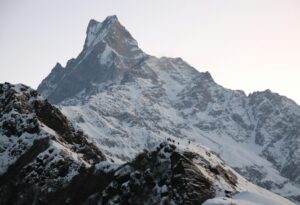 Trekking
Trekking
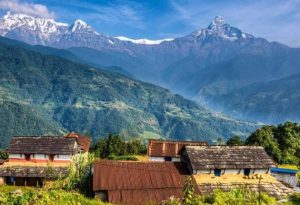 Trekking
Trekking
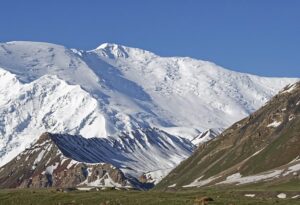 Trekking
Trekking
 Trekking
Trekking
 Trekking
Trekking
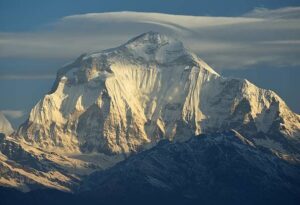 Trekking
Trekking
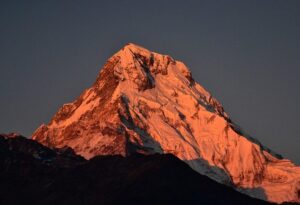 Trekking
Trekking
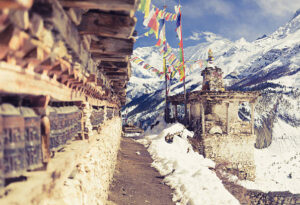 Trekking
Trekking
 Trekking
Trekking
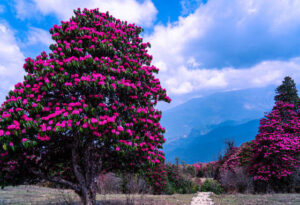 Trekking
Trekking
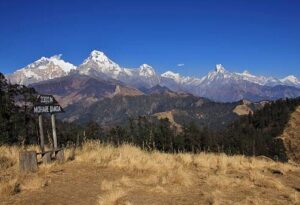 Trekking
Trekking
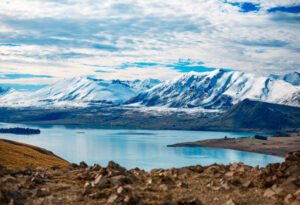 Trekking
Trekking
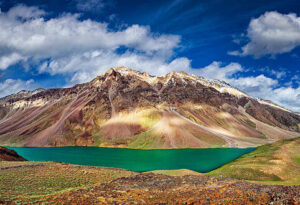 Trekking
Trekking
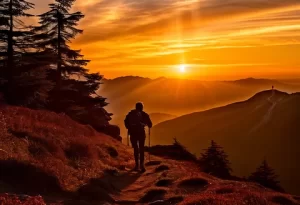 Trekking
Trekking
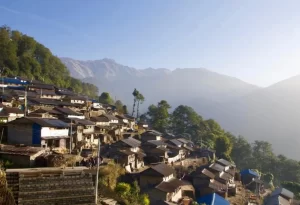 Trekking
Trekking
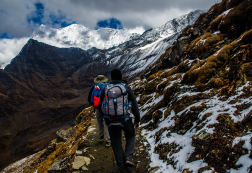 Trekking
Trekking
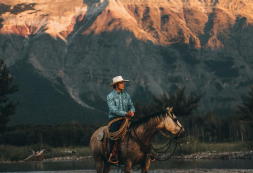 Trekking
Trekking
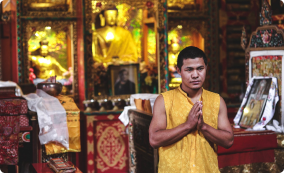 Trekking
Trekking
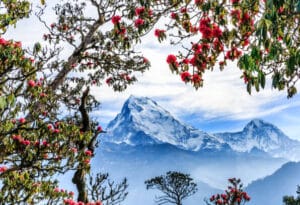 Trekking
Trekking
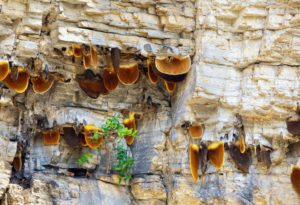 Trekking
Trekking
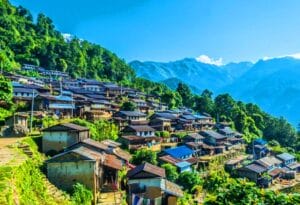 Trekking
Trekking
 Trekking
Trekking
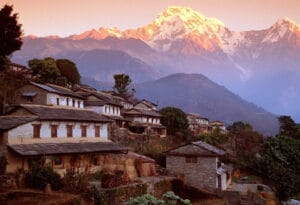 Trekking
Trekking
 Trekking
Trekking
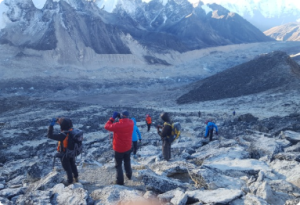 Trekking
Trekking
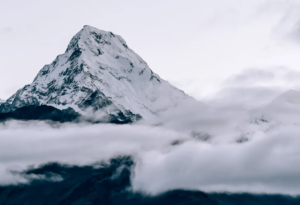 Trekking
Trekking
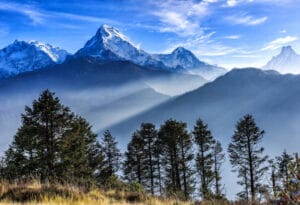 Trekking
Trekking
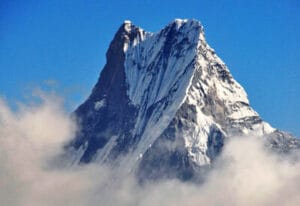 Trekking
Trekking
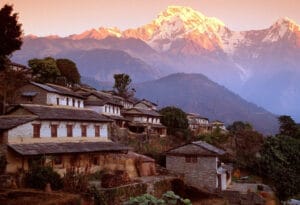 Trekking
Trekking
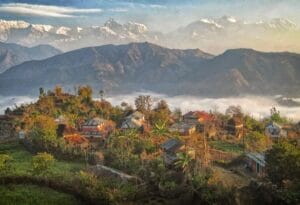 Trekking
Trekking
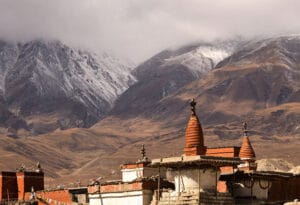 Trekking
Trekking
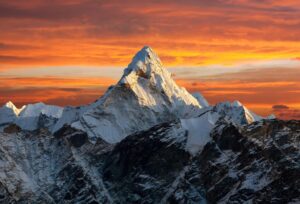 Trekking
Trekking
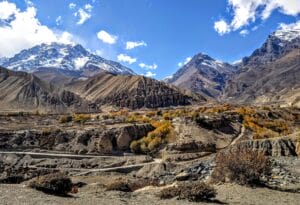 Trekking
Trekking
